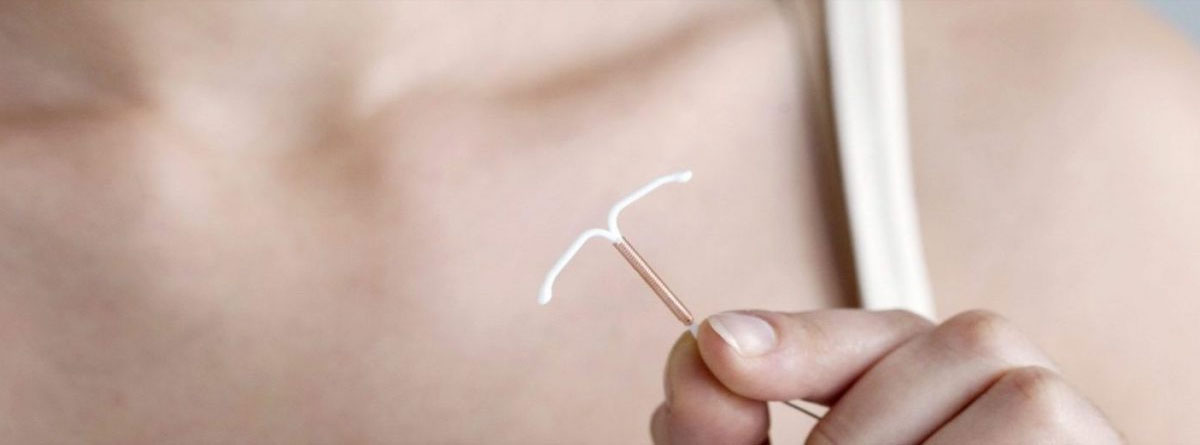Paragard® IUD
Intrauterine devices (IUD)’s are some of the most effective contraceptives on the market. Clinical trials have shown them to be more than 99% effective in preventing pregnancy. Even more, as they are approved for implantation for up to a decade, they provide a low maintenance form of birth control that is by-and-large considered to be relatively safe. However, significant safety issues associated with the device’s faulty design, causing it to break apart inside of women during the removal of the device.
A spike in breakage reports to the FDA Adverse Event Reporting System (FAERS) spurred the current litigation. It has become somewhat common to see pieces of the device break off and remain embedded in the uterus and fallopian tubes, causing devastating harm. Often requiring surgery to dislodge and remove the broken fragments.
ParaGard T380A, a copper t-shaped IUD, was developed by Duramed Pharmaceuticals, Inc. (Now Teva Women’s Health, Inc.) and approved in 1982. The device is an FDA-regulated birth control which was owned by generic drug manufacturer Teva Pharmaceuticals USA, Inc., from 2009 to 2017. As of 1994, Paragard, which was approved as a drug (though it releases no synthetic hormones) via an NDA application to the FDA, is designed to be implantation as a form of birth control for up to ten years.
The implantation of the device is done during a routine visit to the doctor, as is its removal at the end of its useful life. Physicians are instructed to locate the strings attached to the arms, pulling gently. The arms are supposed to pull upward at the joint to aid in the removal. However, a manufacturing defect, wherein the device was not designed with an articulating arm, has made the IUD vulnerable to snapping at the t-joint during the removal process. Physicians are not able to immediately locate the fragmented arm, and force a follow-up appointment. Many women must endure either a hysteroscopy or hysterectomy to remove the pieces that have broken off inside of them. A recent Spotlight on America Investigation found that more than 3,2000 women have experienced breakage of the Paragard IUD.
Current Status Of Litigation
In December 2020, MDL #2974 was formed and claims were centralized and transferred to the Northern District of Georgia to be overseen by Judge Leigh Martin May. Firms who are representing clients in failure to warn claims with design defect, manufacturing defect, and general negligence claims had previously been working in informal coordination in filing claims in the Philadelphia Court of Common Pleas (PCCP), where plaintiffs had overcome diversity and won specific jurisdiction. Judge May has ordered that five bellwether trials will be held in order to set the stage for global settlement talks. While the first bellwether trial was originally scheduled for March 2024, Judge May has granted an extension. The Daubert motions are now due in July 2024, with the first bellwether trial now set for early 2025.
Links:
- https://www.accessdata.fda.gov/scripts/cdrh/cfdocs/cfmaude/detail.cfm?mdrfoi__id=3243367
- https://fis.fda.gov/sense/app/d10be6bb-494e-4cd2-82e4-0135608ddc13/sheet/45beeb74-30ab-46be-8267-5756582633b4/state/analysis
- https://nypost.com/2020/12/08/paragard-iuds-break-apart-cause-infection-infertility-suit/
- https://newschannel9.com/news/spotlight-on-america/thousands-of-women-claim-a-popular-iud-broke-in-their-body-and-caused-health-complications
- https://katv.com/news/spotlight-on-america/as-reports-of-iud-breakage-piled-up-maker-changed-label-but-many-women-still-unaware


